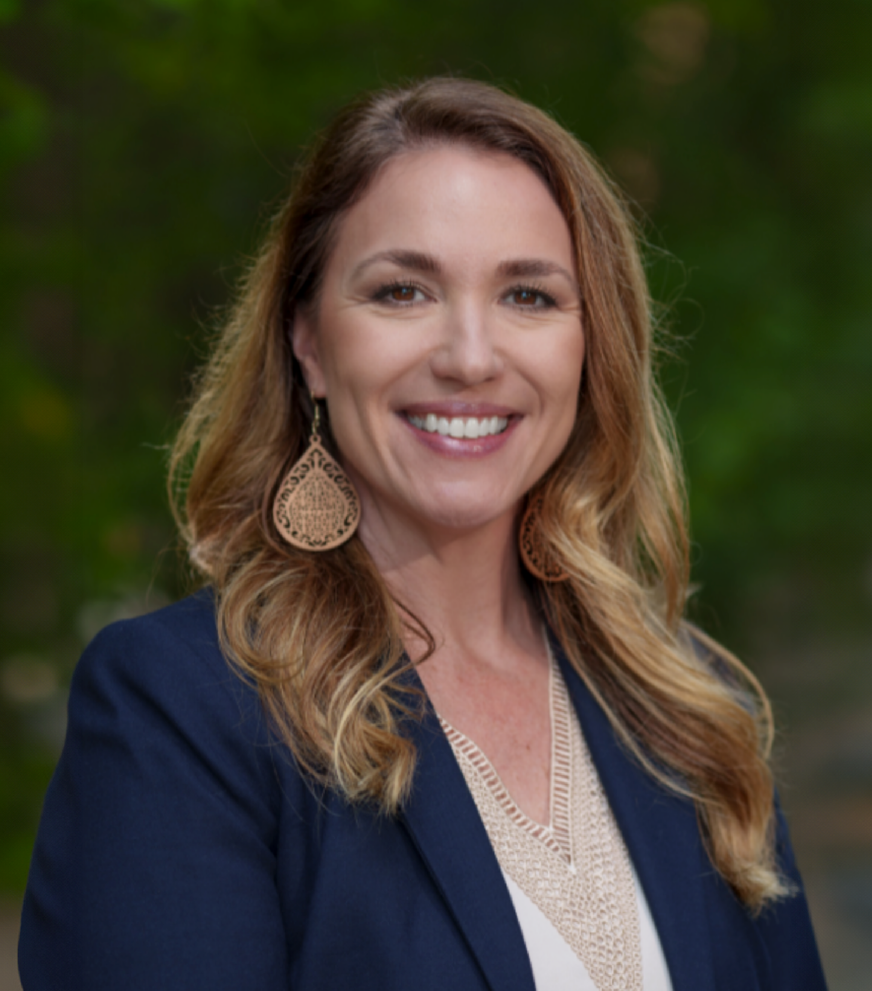
Classroom Assessment Literacy Is Needed Now More Than Ever
Leveraging a Formative Assessment Approach to Inform Student Learning Progress and Teaching Practices in a Post-Pandemic Education Environment
The pandemic has surfaced disparities among students with respect to equitable educational access, opportunities, and outcomes in new ways. For example, simple differences in learning environments (e.g., remote, hybrid, in-person) likely result in considerable variation as to where students are starting and ending their learning journeys this year and into next year. This situation creates a heightened awareness of how important it is to collect meaningful information about student progress toward proficiency at the classroom level. Enter the need for classroom assessment literacy.
Assessment Literacy and How it Applies to the Classroom
Assessment literacy is a familiar term in the assessment world, but may not be a common term among K-12 classroom teachers. To some, the words evoke images of assessing literacy; that is, teaching young students to read and write, and the assessments tied to supporting those purposes. Instead, assessment literacy is a broad term that cuts across all content areas and includes more than classroom assessments. Assessment literacy for educators can be defined as the knowledge and skills associated with designing, selecting, interpreting, and using high-quality assessments to improve student learning and to serve other important educational and policy purposes.
In previous posts and resources, my colleagues and I have made several claims about assessment literacy:
- Assessment literacy, or the lack thereof, is one key reason why attempts to establish balanced systems of assessment with sufficient scope and spread have largely stalled.
- Assessment literacy is fundamentally a situated activity in which educators must apply key competencies in the context of real-time decisions.
- The learning disruptions associated with the global pandemic is one such contextually-laden situation in which assessment literacy for classroom teachers is especially salient.
- There are different levels of the educational system and assessment literacy needs differ across levels: classroom teachers, school/district leaders, and state policymakers.
- It’s important to consider how to scale assessment literacy and other education reform initiatives, especially resisting train-the-trainer models for more sustainable and socio-culturally embedded models.
In support of the professional learning needs of educators, my colleague, Jeri Thompson, and I also created a series of open-source Classroom Assessment Literacy Modules that provide professional learning around the foundational competencies classroom teachers need to address student learning needs, including formative and summative classroom assessment practices.
But where should an educator start their classroom assessment literacy journey given the most pressing data needed to inform instruction, various demands on their time, and the complex nature of assessment literacy?
Classroom Assessment Literacy starts with Formative Assessment Processes
Formative assessment processes, also referred to as assessment for learning, are crucially important because they lie at the heart of teaching and learning. Formative assessment is not an event or a test, but a process whereby teachers and students gather information during instruction that provides feedback to monitor and adjust, if necessary, teaching and learning to improve student achievement. In this way, formative assessment processes are inseparable from instruction. In order for teachers to provide students with effective feedback and instructional follow-up, they must know where students are in their learning progression and where they are supposed to go with respect to the intended learning outcomes.
There are different frameworks for thinking about formative assessment processes. One framework that I like to use in my work with teachers is Dylan Wiliam’s strategies that support the implementation of effective formative assessment practices. These five strategies include:
- Clarifying, understanding, and sharing learning intentions.
- Engineering effective classroom discussions, tasks, and activities that elicit evidence of learning.
- Providing feedback that moves learners forward.
- Activating students as learning resources for one another.
- Activating students as owners of their own learning (Wiliam, 2011).
Our Formative Assessment Learning Module with associated recorded video presentation, slide deck, and other resources includes much of the relevant information a teacher would need to know to apply that framework in the context of instructional planning.
Additionally, teaching practices around formative assessment can be improved in the same way that student learning is improved using self- and peer-assessment.
The Formative Assessment Rubrics, Reflection and Observation Tools created by the Formative Assessment for Students and Teachers State Collaborative on Assessment and Student Standards is a high-quality tool that can support such an endeavor. The observation tool describes formative assessment teaching practices along a continuum from weaker to stronger and mimics the formative process that is critical to improving student learning with teachers.
This observation tool and associated rubrics provide explicit descriptions of stronger and weaker formative assessment practices along key dimensions such as:
- Intended learning goals
- Success criteria
- Tasks and activities that elicit evidence of student learning
- Questioning strategies that elicit evidence of student learning
- Extending thinking during discourse
- Descriptive feedback
- Peer feedback
- Self-assessment
- Collaborative culture of learning
- Using evidence to inform instruction
There are many ways the formative assessment observation tools could be used in schools and districts. For example, teachers could self-assess their own formative assessment practices using the observation tools. Professional learning communities could use the observation tools to observe each other’s teaching practices and provide peer feedback. School leaders such as principals and instructional coaches could incorporate one or more of the observation tool dimensions into their informal and formal teacher evaluation and supervision protocols, engendering rich discussions with teachers about their self-assessment and professional goals in these areas.
Classroom Assessment Literacy is Needed Now More Than Ever
The need for classroom assessment literacy was foundational to supporting critical endeavors important before the pandemic, and that need is definitely heightened given the instructional priorities for recovering from the effects of the pandemic on student learning. These priorities include addressing unfinished learning, accelerating learning, and monitoring student progress toward proficiency.
To support these goals, classroom assessment literacy is key. Recovering from the pandemic will not be easy. The good news is that educators can start first in an area with which many are already quite familiar: understanding and applying formative assessment processes that have been shown to improve student learning.
